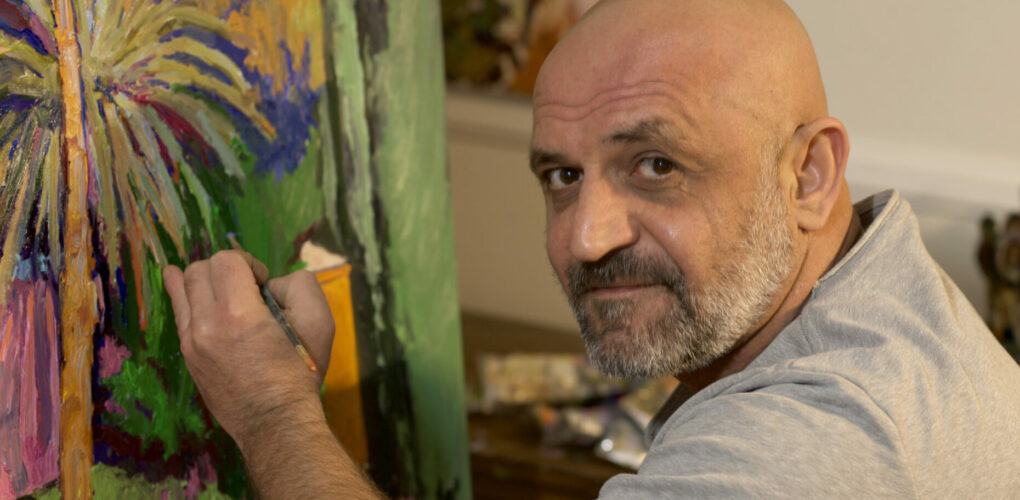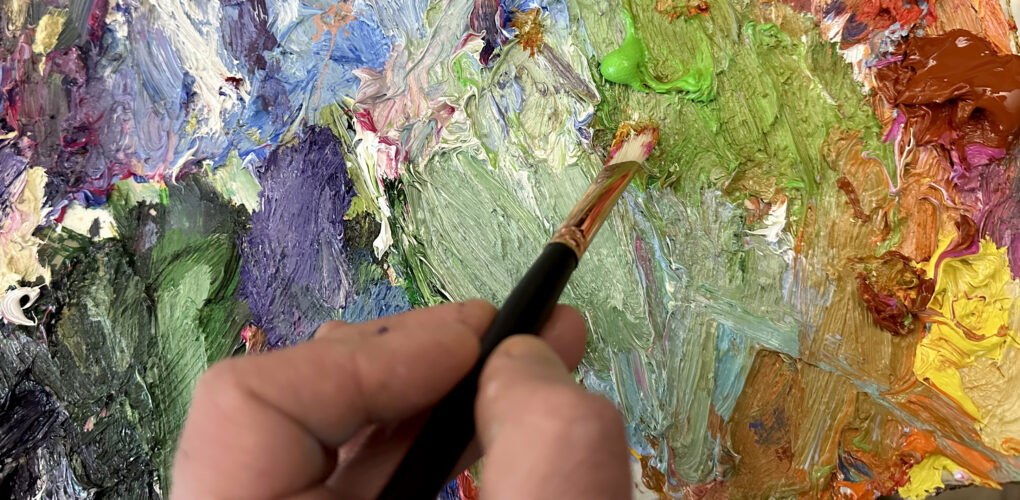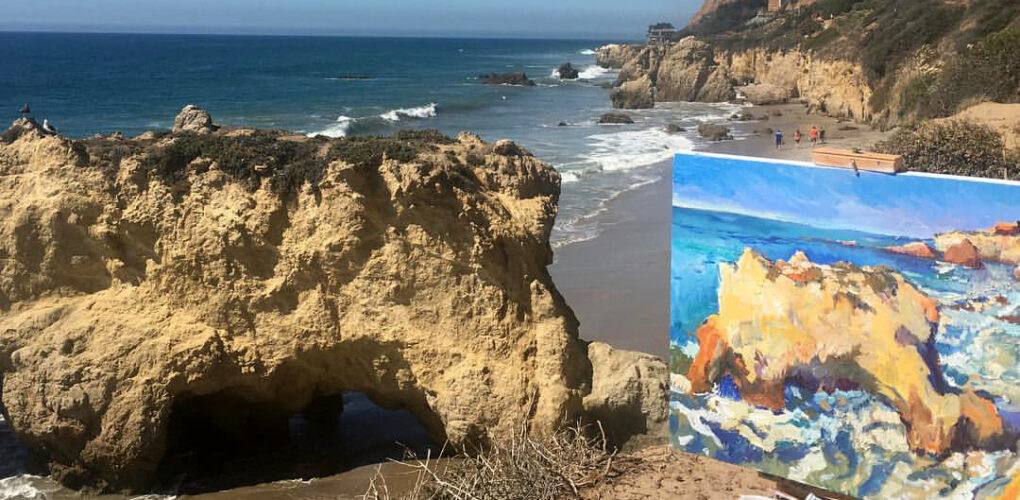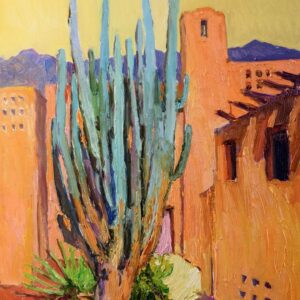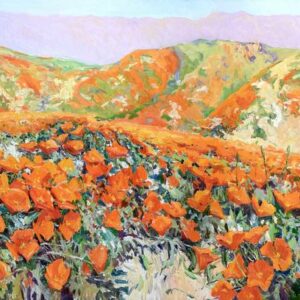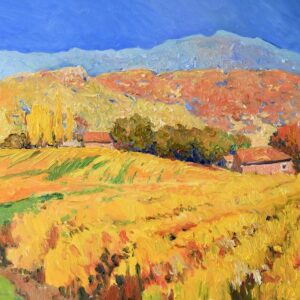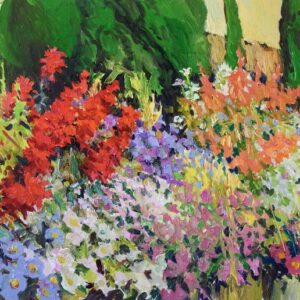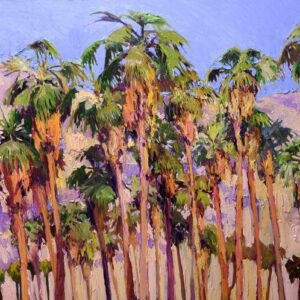One to Watch
 The Colors of Poetry: Suren Nersisyan’s Vivid Landscapes
The Colors of Poetry: Suren Nersisyan’s Vivid Landscapes
Los Angeles-based painter and longtime Saatchi Art artist Suren Nersisyan creates visual poetry through his richly colored landscapes. Focusing on the feeling of the landscape, Suren synthesizes color and shape into captivating landscapes that transport the viewer. Suren received his MFA and Ph.D. in Art Teaching Methods at the Armenian State Pedagogical University. Suren has participated in several solo and group exhibitions, and his work has been featured in the Saatchi Art catalog. Keep reading to find out more about Suren’s contemplative process.
Tell us about who you are and what you do. What’s your background?
I was born and grew up in Armenia. I started to paint in early childhood and never stopped. So, I went after a professional art education all the way through to university and even managed to work as a fine art professor for over 10 years. Then, life and circumstances made me move all over the world. Different societies and cultures made me realize the universal love of nature. I developed a poetic and sensitive connection with my surroundings wherever I live.
What does your work aim to say? What are the major themes you pursue in your work? Can you share an example of a work that demonstrates this?
Unexpectedly, I can notice some beautiful contrast, some old tree or just a cactus and a house on the corner, and see some unexplainable poetic connection. Instead of words, I use shapes, texture, and color. I think it’s noticeable in all my artworks. Like in the painting “Old Cactus and Hispanic Houses,” I have outlined the yellow-creamy sky with turquoise shades of the cactus surrounded by southwestern architecture. On the whole, all these attributes outline each other, reflecting the energy and the vibe of the American Southwest in a romantic way.
Can you walk us through your process for creating a work from beginning to end?
The process of painting starts in my head. Sometimes, I drive, hike, or go to places, and suddenly, in that exact place and time, I notice how the sun is outlining some beautiful tree and mountain, how the shapes and colors together create a feeling of joy or relaxation. Then I come home thinking about it and start to sketch how exactly I should compose my colors and shapes to reflect that vibe. Then, excited like a child, I add color. I take it like it’s a symphony where each shade and brushstroke has its own voice, and they combined should make a melody.
Who are your biggest influences, and why?
There is no one single big influencer on my art. I would outline Japanese masters with their clean lines and perfect shapes, post-impressionists with their personalized approach to their surroundings, artists like Rothko who use the deep spirituality of the color to make it “speak” to us, and Matisse with his fauvist approach. I think in me I am influenced by each of them. I guess that is what my art language is.
How does your work comment on current social and political issues?
In the modern world, people run after what is popular and what is trendy. They are very busy with their problems. My art speaks about things that are universally important for human beings. They should not lose their love for the planet. It is very important that we deeply understand the romantic connection to the Earth we have.
How do you hope viewers respond to your works? What do you want them to feel?
Maybe somewhere, someone will look at my painting and think about how amazing nature and earth are and how we can find joy in everyday life instead of thinking about problems. To keep that gift of nature, we all have to think about global warming and saving the planet––our only possible home.
If you couldn’t be an artist, what would you do?
If I were not an artist, most likely, I would be someone who is botanic or works on ecological issues, or just a simple gardener. Someone who always has a chance to interact with nature.
What are some of your favorite experiences as an artist?
When I paint outdoors, alone, I sit in the wild nature for some time and then slowly feel connected to all the sounds and plants around me––just like a meditation. Once you sense it and start to paint, it’s an unbelievable experience.
